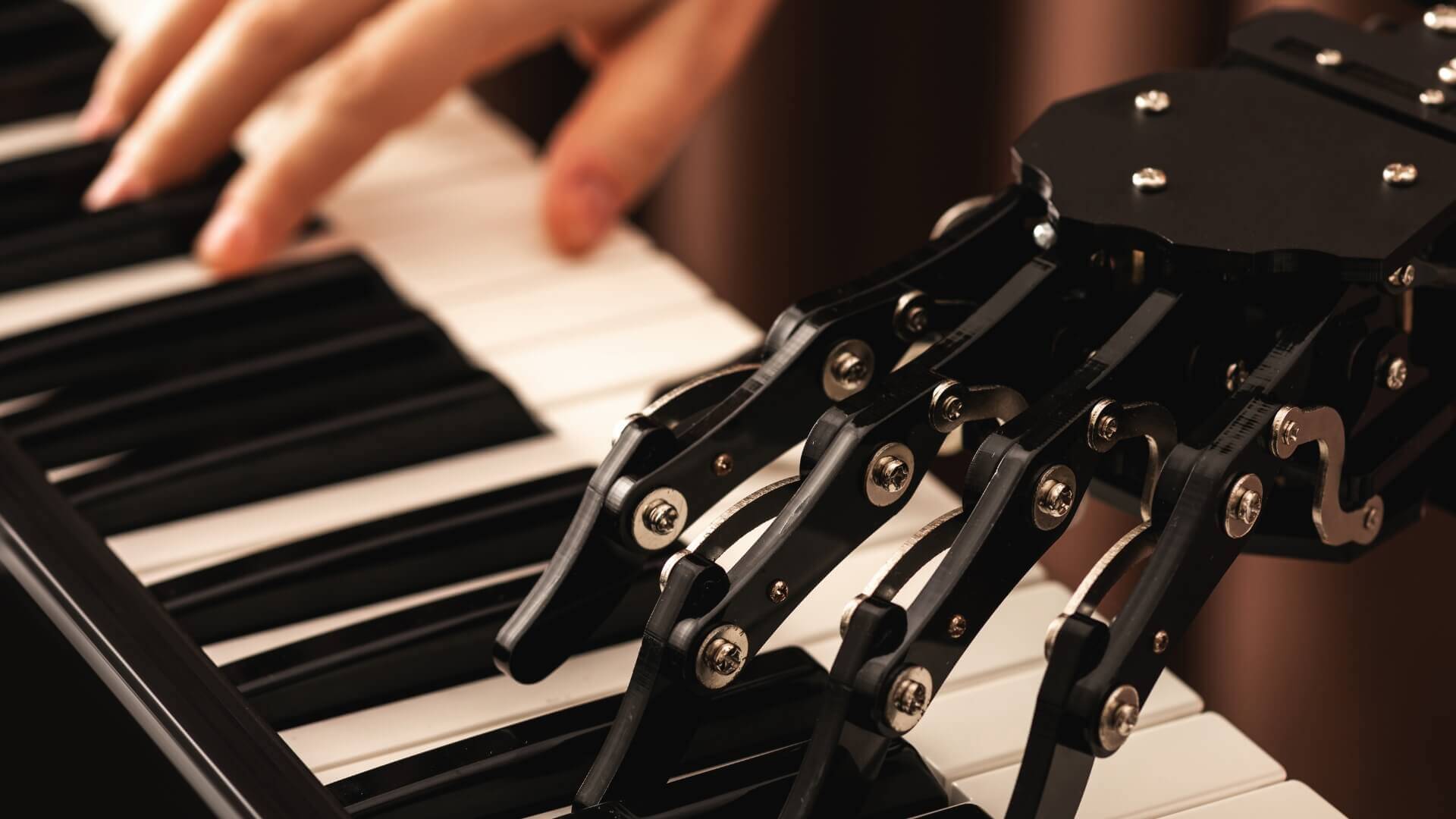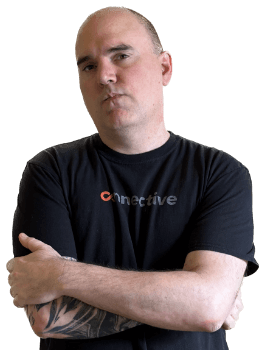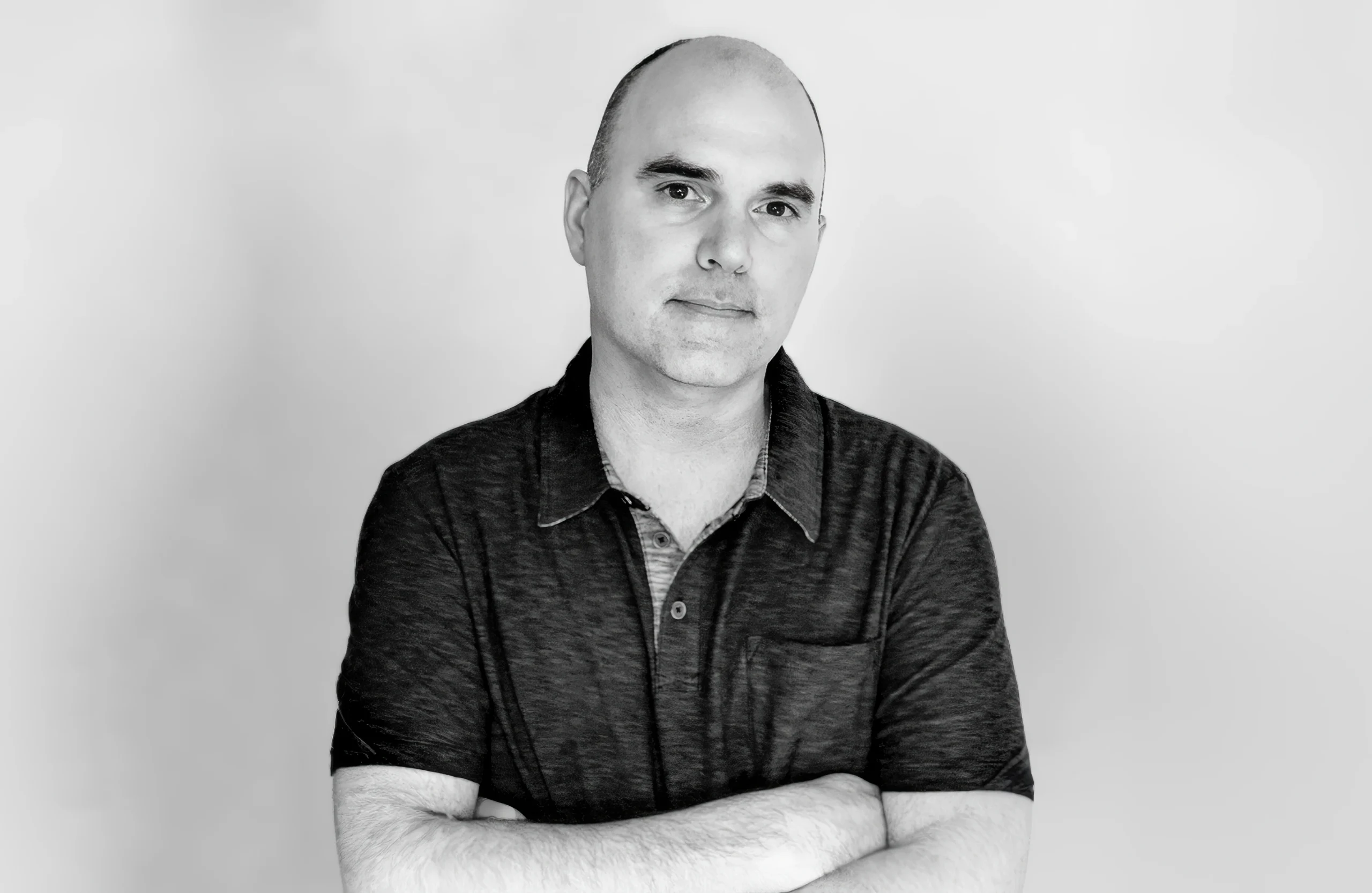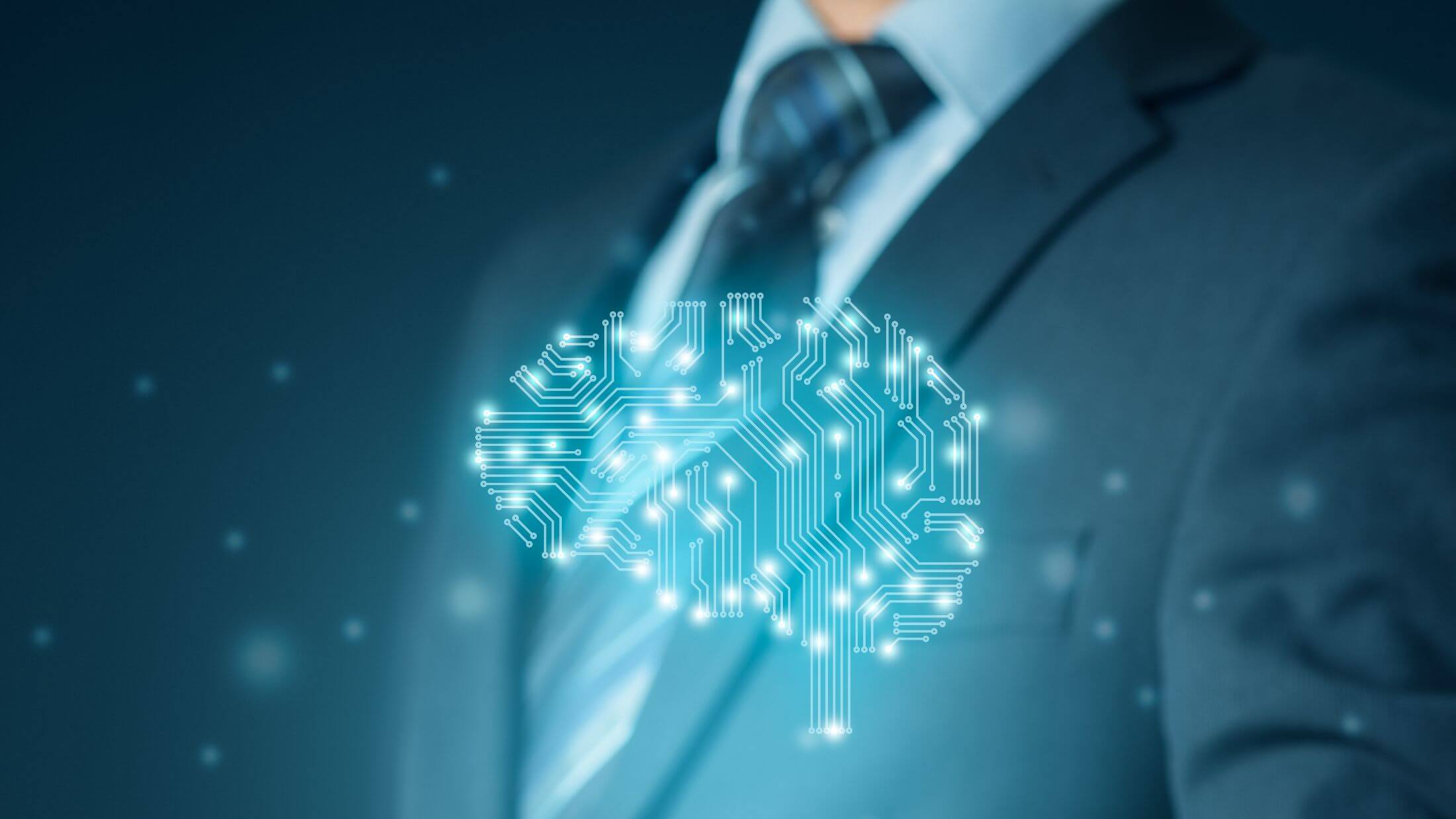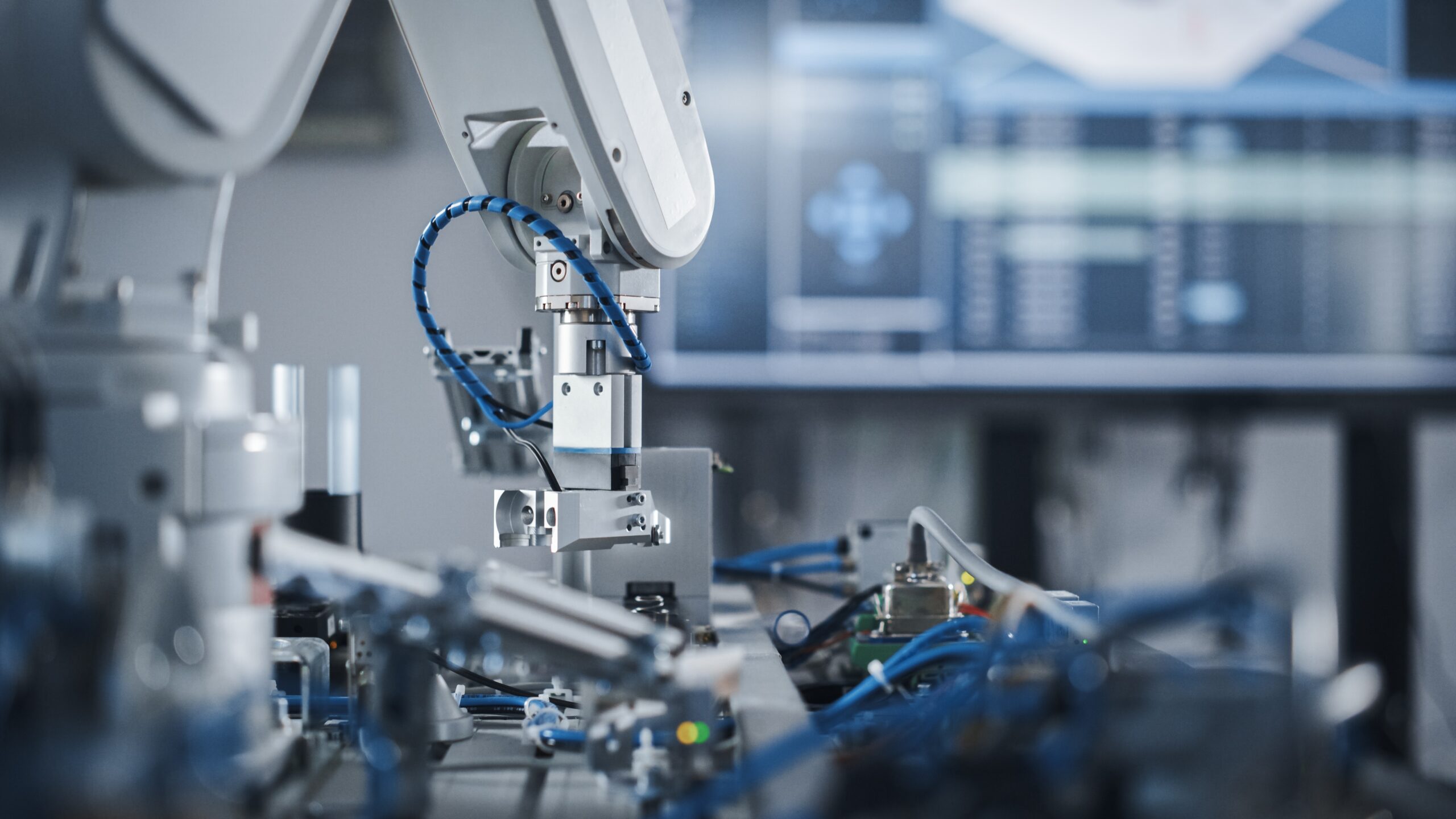Everyone’s freaking out about AI taking creative jobs.
“ChatGPT can write copy!” “Midjourney makes incredible images!” “AI will design your entire website!”
Stop it.
I’ve tested every AI design tool that’s hit the market. Spent thousands on subscriptions. Built entire test sites with AI. And here’s what I learned: AI isn’t replacing designers. It’s creating a new breed of super-designers who know how to leverage both human creativity and machine efficiency.
The real story isn’t AI versus humans. It’s AI plus humans.
The spectacular failures nobody talks about
Let me tell you what happens when you try to use AI alone for design work.
I’ve watched businesses try to go full AI. Every single time, the same patterns emerge. The designs look technically competent but feel hollow. They check all the boxes but miss the point. They follow best practices but lack soul.
Here’s what I see repeatedly when businesses rely solely on AI:
- Generic layouts that could belong to any company
- Messaging that sounds professional but says nothing
- Visual choices that follow rules but miss context
- Designs that work in theory but fail in practice
The problem isn’t that AI is bad at design. It’s that design isn’t just about following rules. It’s about understanding humans, context, and the subtle differences that make something feel right versus just looking right.
I’ve seen AI make suggestions that are technically correct but completely wrong for the situation. Like recommending aggressive CTAs for a grief counseling service. Or suggesting corporate blue for a children’s entertainment brand. The AI followed design principles perfectly. It just had no idea why those principles existed in the first place.
Where AI actually shines (and where it doesn’t)
After hundreds of experiments, here’s what I’ve learned about AI’s real capabilities.
What AI does brilliantly:
- Generating variations at inhuman speed
- Finding patterns in user behavior data
- Automating repetitive production tasks
- Creating initial concepts for brainstorming
- Handling technical optimization
- Processing feedback at scale
What AI consistently fails at:
- Understanding cultural context
- Reading emotional subtext
- Making brave creative leaps
- Knowing when to break rules
- Creating genuine emotional connection
- Understanding business strategy beyond metrics
I use AI tools every single day. But I use them as tools, not replacements. The difference matters.
Example from my workflow: When designing a homepage, AI might generate 50 layout variations in minutes. That’s incredible. But knowing which variation will resonate with a specific audience? Which one captures the brand’s personality? Which breaks just enough rules to stand out? That takes human judgment.
The hybrid approach that’s changing everything
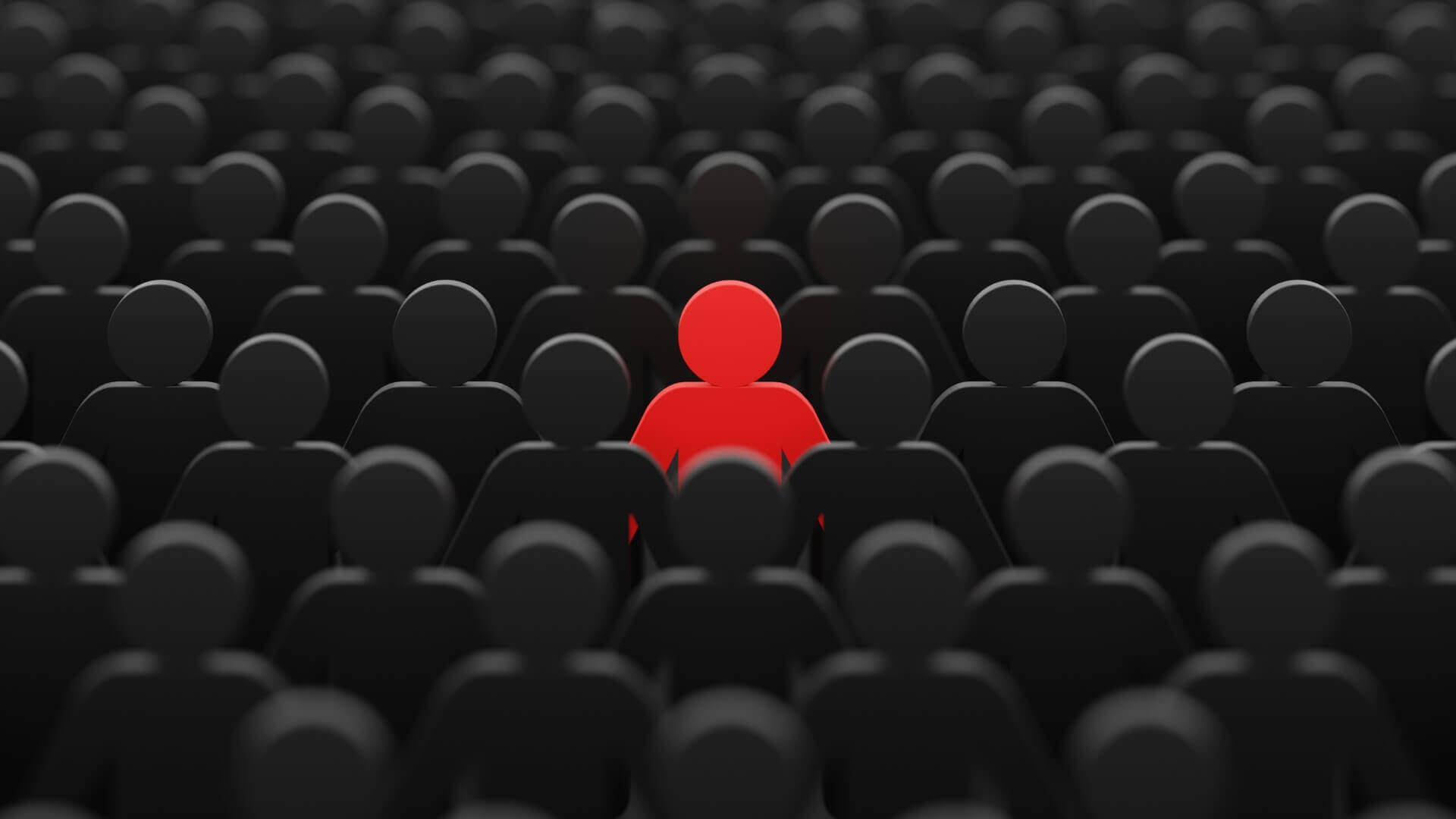
Here’s what most people miss: The future isn’t AI replacing designers. It’s designers who use AI replacing designers who don’t.
The best designers I work with now are cyborgs. They leverage AI for what it’s good at while focusing their human creativity on what matters most.
Level 1: AI as production assistant
This is where most people start. Using AI to:
- Remove backgrounds from images
- Generate color palette variations
- Resize assets for different platforms
- Create initial wireframes
- Write first drafts of copy
At this level, AI is basically a very fast intern. It handles the grunt work so designers can focus on strategy and creativity.
Real example: One designer I work with used to spend 6 hours creating social media variations. Now AI does it in 20 minutes. She spends those saved hours on strategy and custom illustrations that actually differentiate the brand.
Level 2: AI as creative collaborator
This is where it gets interesting. Designers start using AI to:
- Generate unexpected concept directions
- Find patterns in user behavior they missed
- Test radical variations they wouldn’t have tried
- Combine styles in ways they hadn’t considered
- Challenge their own assumptions
How this works in practice: Designer creates initial concept. AI generates 20 wild variations. Designer sees one unexpected combination that sparks an idea. They refine it with human insight. The result is something neither human nor AI would have created alone.
I’ve seen this produce breakthrough designs. The AI’s lack of preconceptions actually becomes an asset when properly directed by human taste.
Level 3: AI as strategic partner
The most advanced practitioners use AI to:
- Analyze competitor landscapes at scale
- Predict design trend trajectories
- Optimize for specific user behaviors
- Generate data-driven personas
- Test cultural relevance across markets
- Measure emotional response patterns
Example from last month: We used AI to analyze 500 competitor websites in a niche market. It identified patterns in what high-converting sites did differently. A human designer then used these insights to create something that followed the successful patterns while being completely unique.
The AI found the patterns. The human made them meaningful.
Level 4: The synthesis approach
This is where the magic happens. Instead of thinking “human or AI,” the best designers think “human and AI” for every task.
They might:
- Use AI to research and gather inspiration
- Sketch initial concepts by hand
- Use AI to rapidly prototype variations
- Apply human judgment to select directions
- Use AI for technical optimization
- Add human touches for emotional connection
- Use AI to test and iterate
- Apply human wisdom for final refinements
Each step builds on the previous. Neither human nor AI could achieve the same result alone.
The skills that matter now (and the ones that don’t)
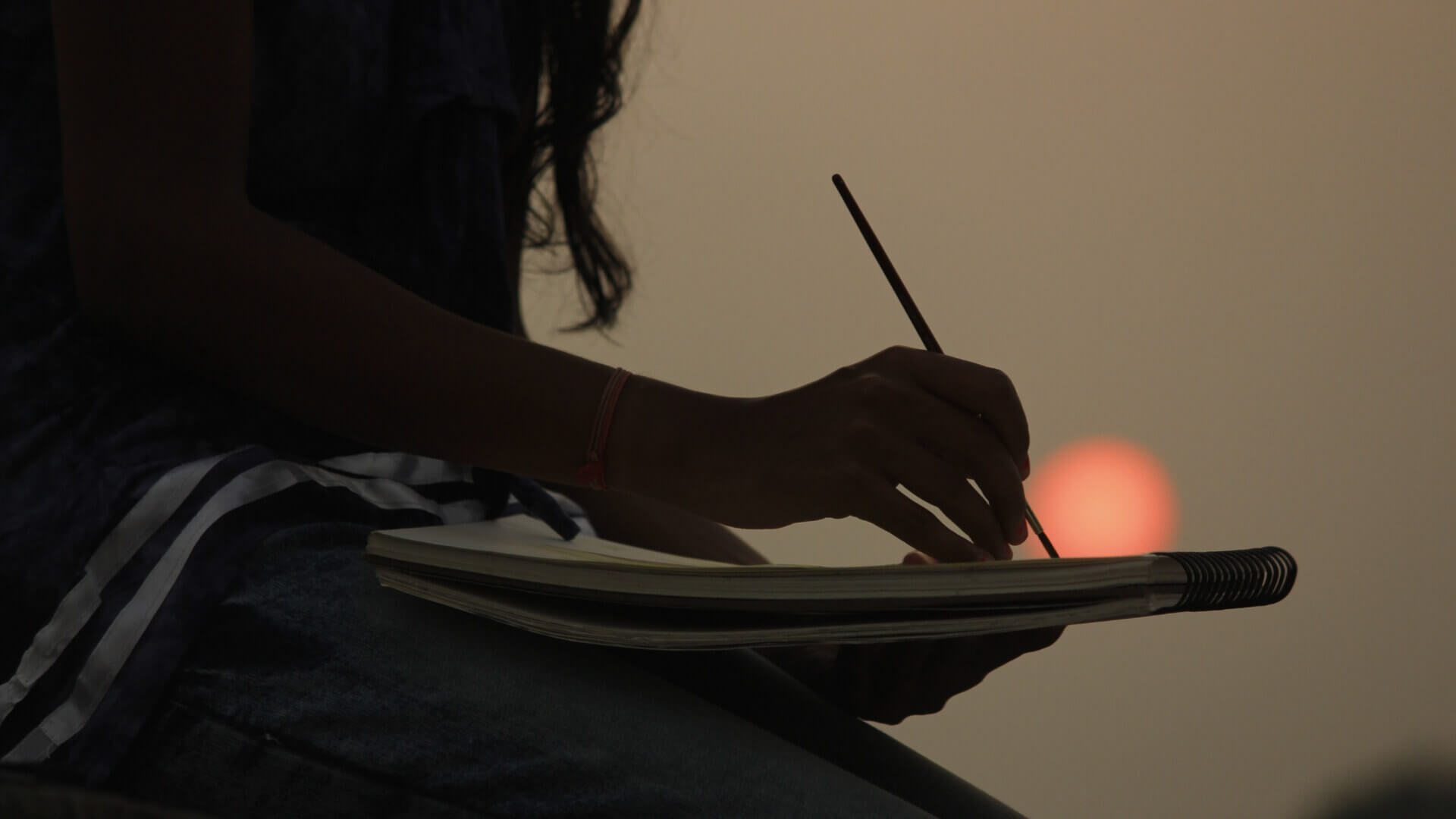
The rise of AI is completely reshaping what makes a valuable designer.
Skills becoming less valuable:
- Manual production work
- Technical software mastery
- Trend following
- Rule memorization
- Standard best practices
Skills becoming more valuable:
- Taste and aesthetic judgment
- Cultural understanding
- Strategic thinking
- Emotional intelligence
- Creative problem solving
- AI tool orchestration
- Client psychology
- Business acumen
The designers thriving in this new world aren’t necessarily the most technically skilled. They’re the ones who understand people, business, and how to leverage AI to amplify their uniquely human abilities.
I’m seeing junior designers with great taste and AI skills outperform senior designers who refuse to adapt. The playing field is reshaping fast.
What this means for businesses
If you’re hiring designers or agencies, everything has changed.
Old questions to ask:
- “What software do you use?”
- “Can you show me your portfolio?”
- “How fast can you deliver?”
New questions to ask:
- “How do you use AI in your workflow?”
- “What decisions do you reserve for human judgment?”
- “How do you ensure AI enhances rather than replaces creativity?”
- “Can you show me something AI couldn’t create?”
- “How do you validate AI suggestions against business goals?”
The best designers now have hybrid workflows. They’re faster than ever before but also more strategic. They use AI to eliminate busy work so they can focus on the work that actually matters.
Red flags when hiring:
- They claim they don’t need AI at all
- They want AI to do everything
- They can’t explain their human value-add
- They don’t understand AI’s limitations
- They see it as either/or instead of both/and
The competitive advantage nobody’s talking about
Here’s what’s really happening: AI is creating a massive competitive advantage for businesses that get the hybrid approach right.
Companies using human+AI design teams are:
- Delivering 3-5x faster
- Testing 10x more variations
- Personalizing at scale
- Iterating based on real data
- Spending more time on strategy
- Creating more differentiated brands
But here’s the key: They’re not just faster. They’re better.
When designers don’t have to spend hours on production work, they can spend that time understanding your business. When they can test 100 variations instantly, they can find the one that truly resonates. When AI handles the repetitive tasks, humans can focus on the creative leaps.
I’m watching smart companies pull away from competitors who are either rejecting AI entirely or trying to use it for everything. The middle path is where the magic happens.
Common misconceptions that hold businesses back
Let me address the fears I hear constantly.
“AI will make everything look the same”
Only if you use it wrong. AI trained on millions of designs will default to average. But directed by human creativity, it can help you find unique combinations you’d never discover otherwise.
The sameness comes from lazy implementation, not the technology itself.
“We’ll lose the human touch”
I’ve found the opposite. When AI handles technical tasks, designers have more time for human connection. They can focus on understanding your customers’ emotions instead of kerning typography.
The most human-centered designs I see now use AI in the workflow.
“It’s too expensive to do both”
Actually, it’s too expensive not to. A designer using AI properly can do the work of 3-4 traditional designers. You get better results faster for less money.
The real expense is falling behind while competitors embrace the hybrid approach.
“Our industry is too unique for AI”
I’ve heard this from legal firms, healthcare companies, luxury brands, B2B software companies. Every single one benefited from thoughtful AI integration.
Your industry might be unique. But the need for efficiency and effectiveness isn’t.
The implementation roadmap that actually works
Ready to embrace the hybrid future? Here’s how to start.
For business owners
Month 1: Audit current workflows
- Map out your current design process
- Identify repetitive tasks
- Find bottlenecks and delays
- List areas where you compromise due to time/budget
Month 2: Pilot hybrid approaches
- Give your designers AI tools
- Start with production automation
- Measure time savings
- Document quality improvements
Month 3: Scale what works
- Expand AI use to creative exploration
- Develop hybrid workflows
- Train team on best practices
- Track ROI improvements
For designers
Week 1-2: Master the basics
- Learn 2-3 AI design tools
- Focus on production automation first
- Practice prompt engineering
- Build personal workflows
Week 3-4: Explore creative applications
- Use AI for concept generation
- Try style mixing and variations
- Test AI for user research
- Document what works
Month 2+: Develop your hybrid style
- Define your unique human value
- Build AI-enhanced workflows
- Create examples showcasing both
- Position yourself as a hybrid designer
For everyone
The key is starting small and building systematically. Don’t try to revolutionize everything at once. Pick one area, prove the value, then expand.
The bottom line on AI and design
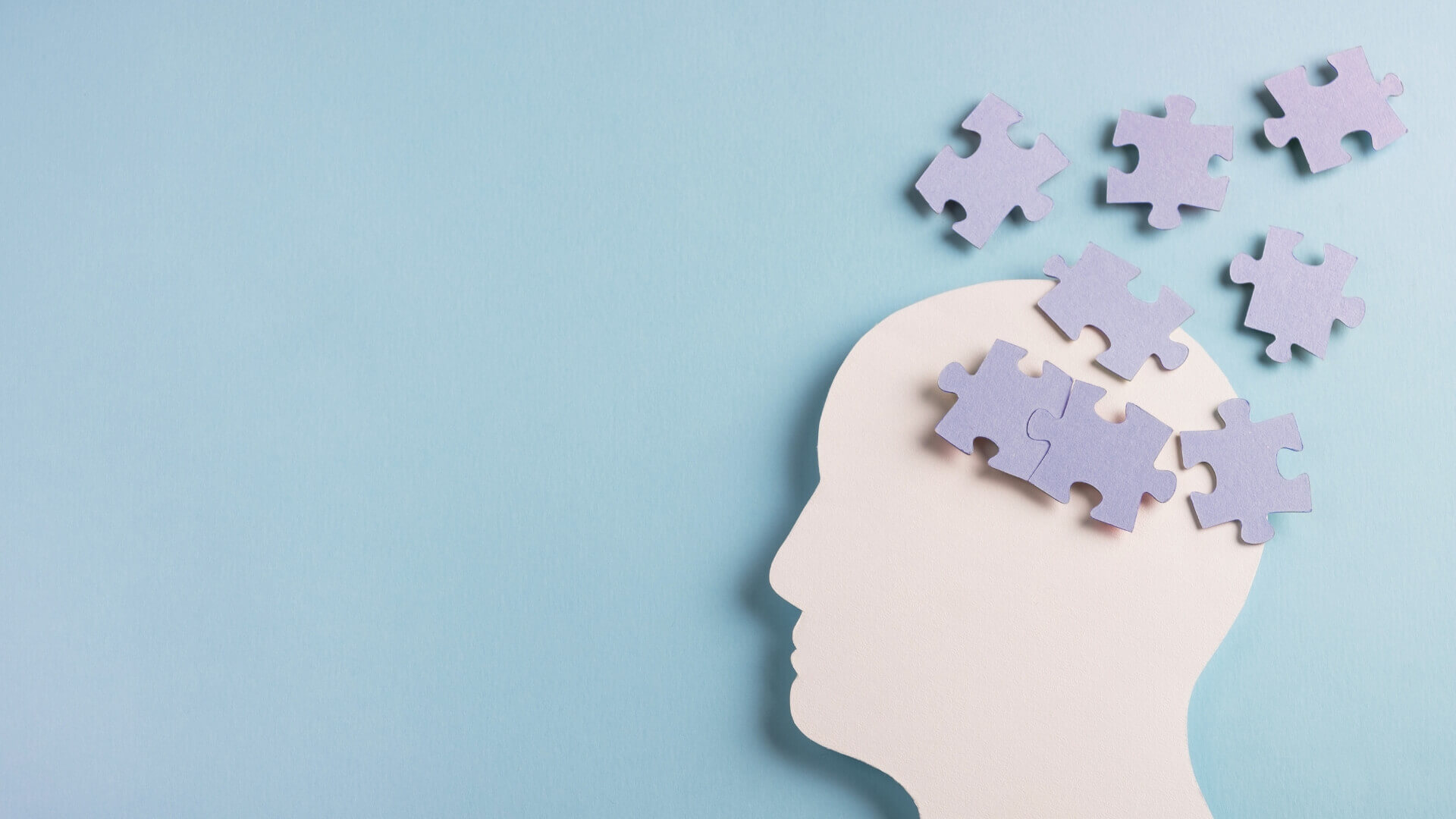
We’re not heading toward a future where AI replaces designers. We’re already in a present where the best designers use AI to amplify their uniquely human abilities.
The businesses that thrive will be the ones that understand this isn’t about choosing sides. It’s about leveraging the best of both worlds.
AI is incredible at certain things. Humans are incredible at others. The magic happens when you combine them thoughtfully.
I’ve spent two years and significant money learning these lessons. The patterns are clear. The designers and businesses embracing hybrid workflows are pulling ahead fast.
Your choice isn’t whether to use AI or humans. It’s whether to use both intelligently or watch competitors who do leave you behind.
The future isn’t AI versus designers. It’s designers with AI versus designers without it.
And honestly? I’m excited about what we’ll create together.
